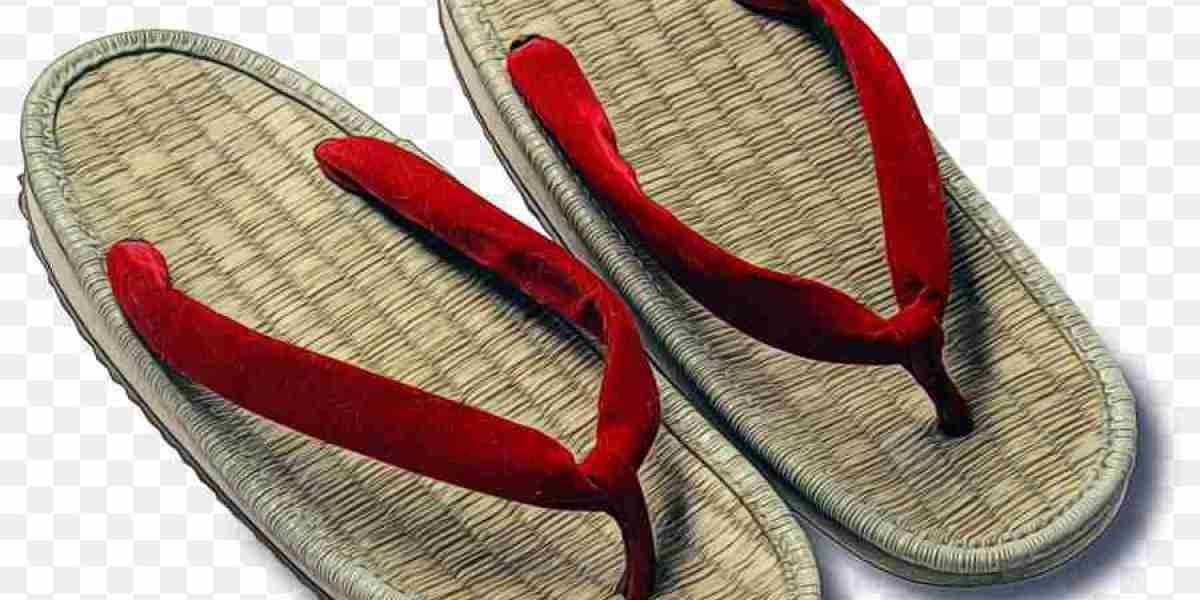The footwear market in the Middle East and Africa (MEA) is experiencing notable growth, driven by a combination of cultural influences, economic shifts, and evolving consumer preferences. With a young, diverse population and increasing urbanization, the region presents significant opportunities for footwear brands. In this article, we explore the growth potential, cultural impact, and key trends shaping the footwear market in the MEA region.
Growth Opportunities: Expanding Urban Populations and Rising Disposable Incomes
The footwear market in the Middle East and Africa is poised for expansion due to the region's rapidly growing urban populations and increasing disposable incomes. Many countries in the MEA region are undergoing significant urbanization, with more people moving to cities and leading more modern lifestyles. This shift has led to an increased demand for fashionable and functional footwear that aligns with contemporary urban living.
Additionally, rising disposable incomes in countries like the UAE, Saudi Arabia, and South Africa are boosting consumer purchasing power. As the middle class expands, consumers are becoming more inclined to invest in premium, stylish, and branded footwear, particularly in urban areas. With an increasing appetite for both local and international footwear brands, the MEA region offers significant opportunities for growth, especially in the premium and athleisure segments.
Cultural Influence: Traditional Footwear and Regional Preferences
Cultural factors play a crucial role in shaping the footwear market in the MEA region. Traditional footwear styles, such as the Babouche in North Africa, Khussa in the Arabian Peninsula, and ** sandals** in various parts of sub-Saharan Africa, continue to influence footwear choices in the region. These traditional styles are often blended with contemporary designs, leading to unique fashion hybrids that cater to both local and global tastes.
In countries like Saudi Arabia and the UAE, cultural norms around modesty also impact footwear preferences. Women’s footwear, for example, is often designed with a focus on comfort, practicality, and elegance, while men’s footwear tends to be more understated, with a focus on durability. Moreover, the region’s climate, which is generally hot and arid, influences the popularity of lightweight, breathable, and open-toed footwear like sandals and flip-flops.
Key Market Trends: Athleisure, Sustainability, and E-Commerce Growth
In recent years, athleisure has become a prominent trend in the MEA footwear market, driven by a growing interest in fitness and active lifestyles. Sneakers, running shoes, and sports sandals are gaining popularity among both men and women, with major international brands like Nike, Adidas, and Puma capitalizing on this trend. The increasing focus on health and fitness, particularly among younger demographics, is fueling demand for athletic footwear that blends style and performance.
Sustainability is another emerging trend in the region, with more consumers seeking eco-friendly footwear options made from sustainable materials. Brands that adopt environmentally responsible production practices are gaining favor with increasingly conscious consumers. Recycled materials, plant-based leathers, and eco-friendly packaging are becoming key selling points, especially in more developed markets like the UAE and South Africa.
E-commerce is also playing an essential role in the growth of the footwear market in the Middle East and Africa. With increasing internet penetration and smartphone usage, more consumers are turning to online platforms to shop for footwear. Online shopping offers the convenience of a wider selection, better price comparisons, and home delivery, driving growth in e-commerce sales. Leading global players, such as Amazon and Namshi, are expanding their reach, while local retailers are also enhancing their digital platforms to cater to growing demand.
Conclusion
The footwear market in the Middle East and Africa is at a pivotal point of growth, driven by urbanization, rising incomes, and evolving consumer preferences. Cultural influences, such as traditional footwear styles and regional climate, continue to shape consumer choices, while global trends like athleisure, sustainability, and e-commerce are redefining the landscape. As brands tap into these opportunities and adapt to local needs, the MEA region presents immense potential for continued expansion in the coming years.




